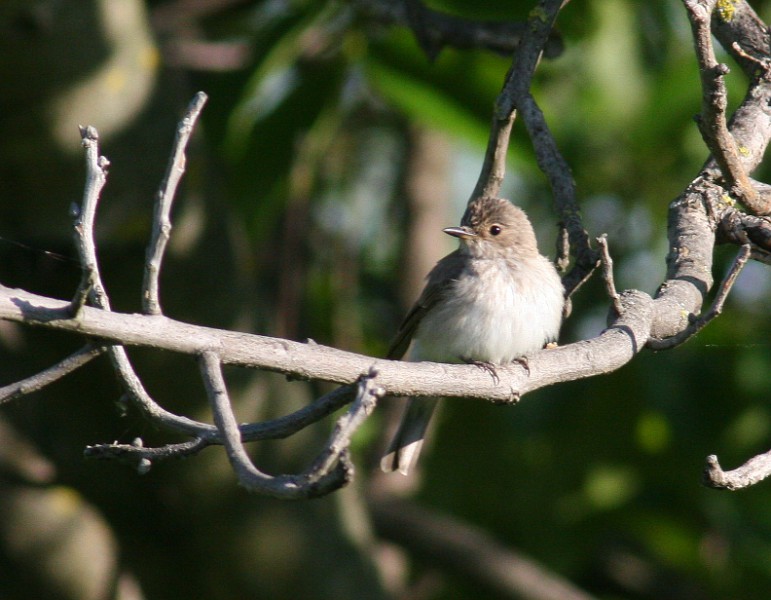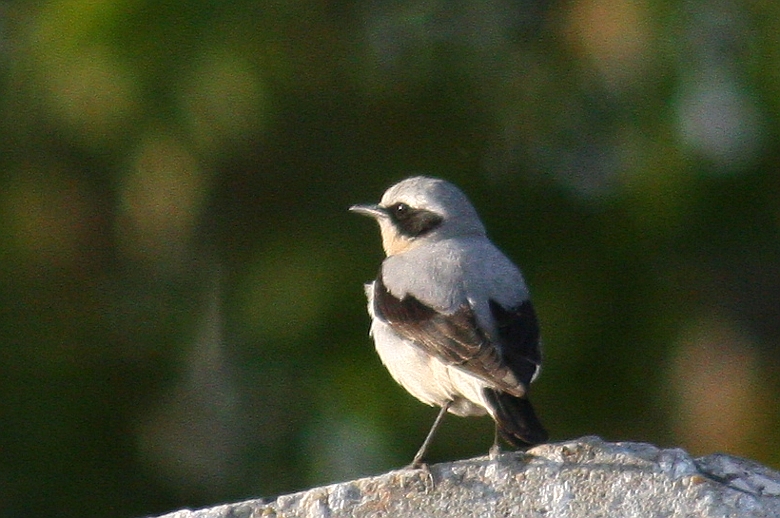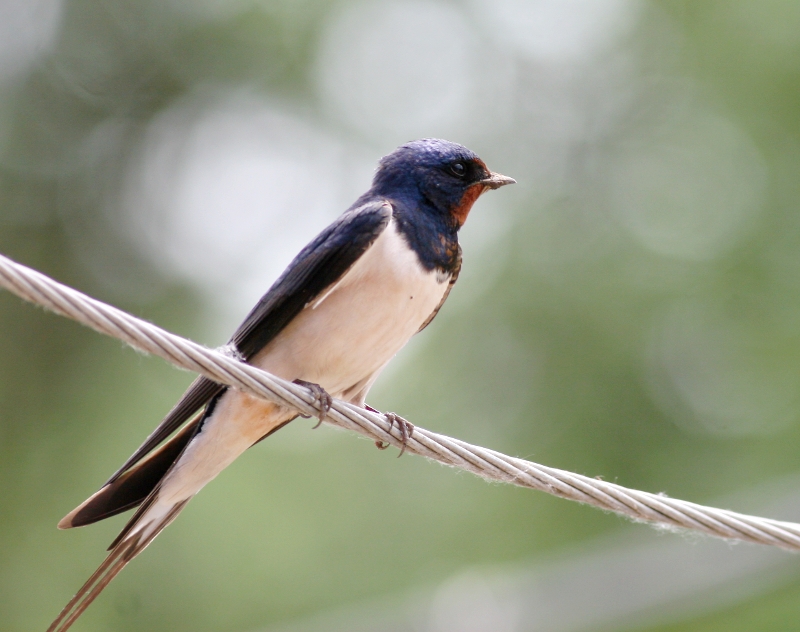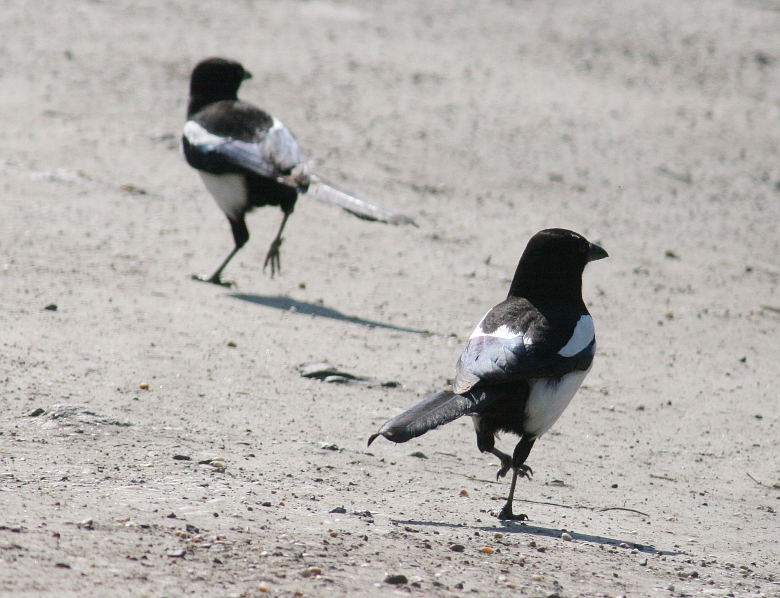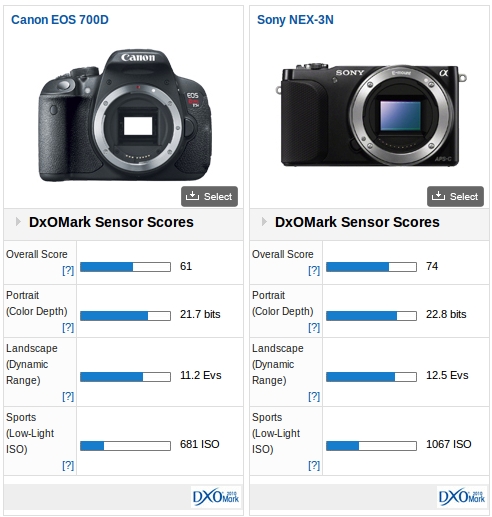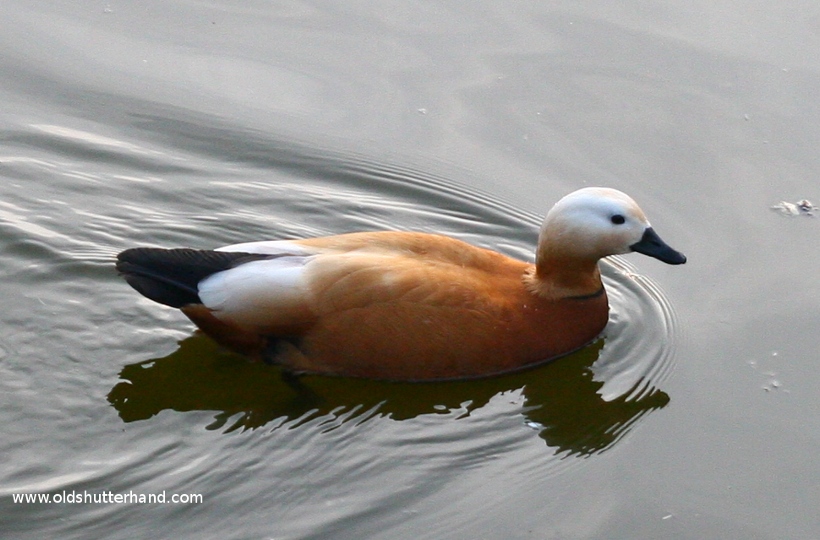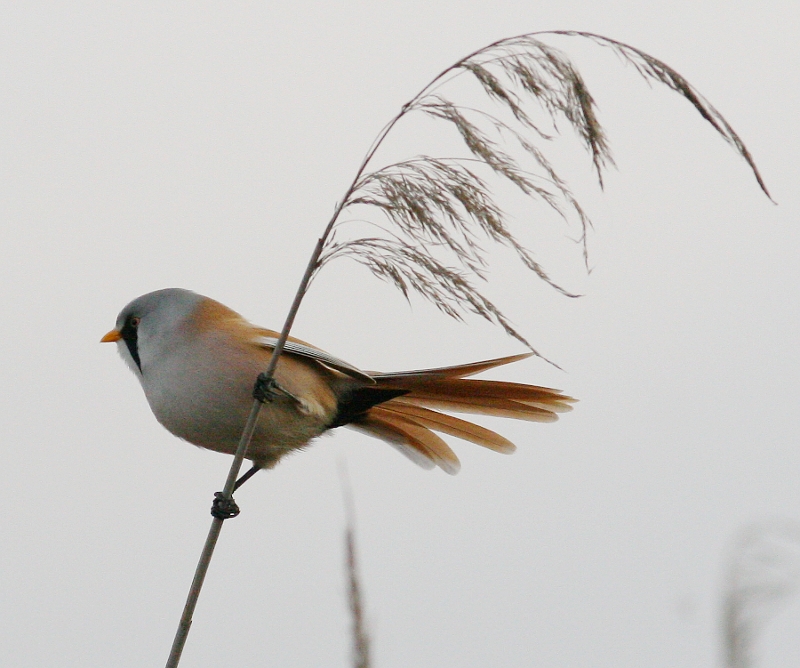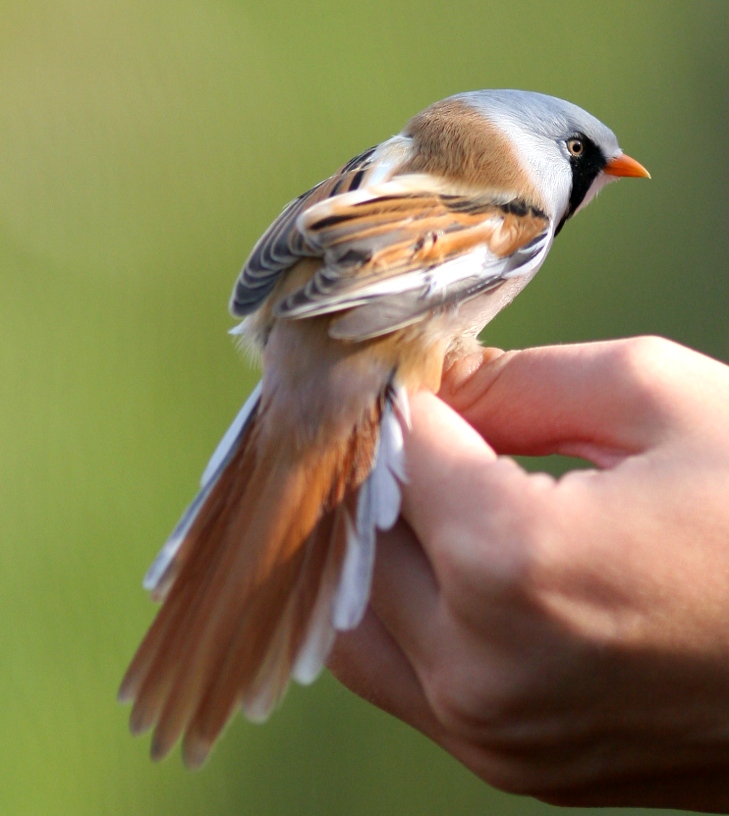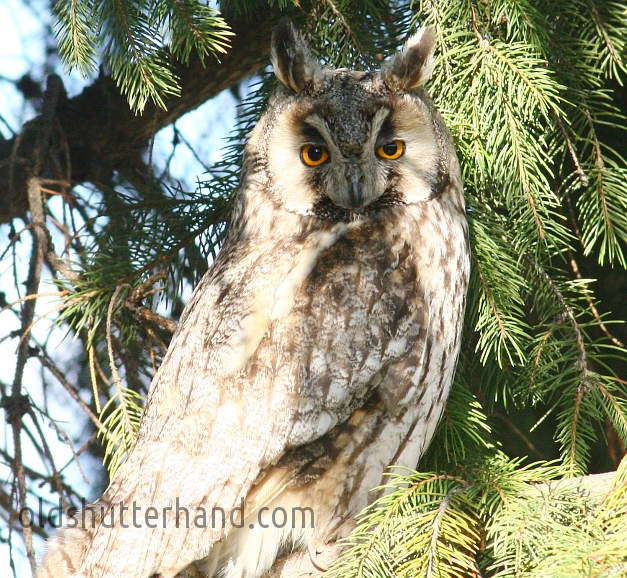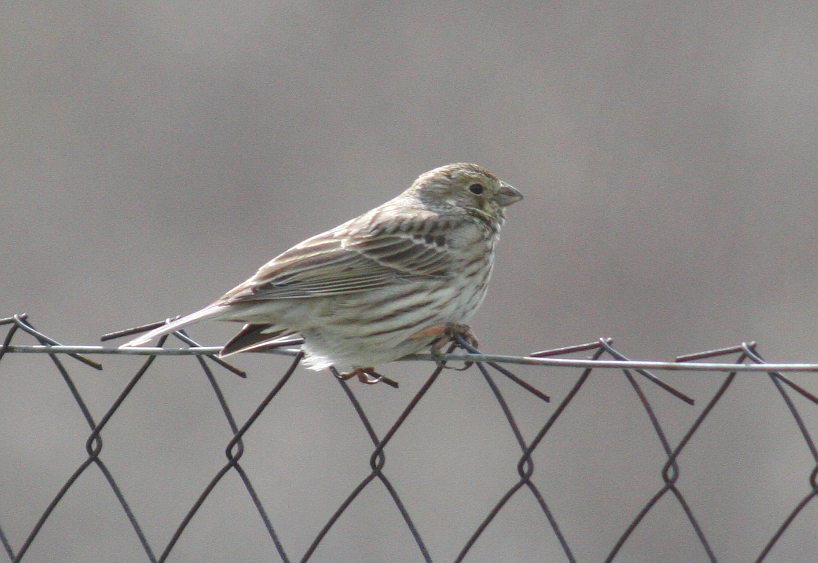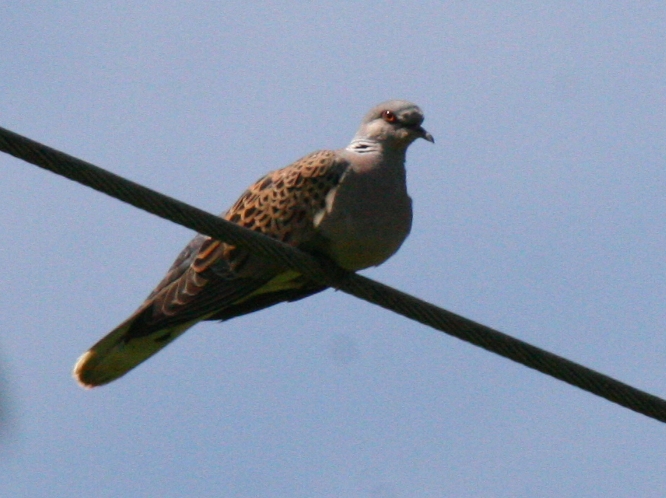Goshawk vs sparrowhawk
Goshawk (Accipiter gentilis) vs Sparrowhawk (Accipiter nisus)
If we see the raptor flying it is hard to identify, which bird we saw.

Canon 200mm f/2.8+2x converter
Goshawk vs sparrowhawk
I had the same dilemma with this shot. Why is the dilemma? Because the two raptors looks quite similar. The shape of the wings, the tail, and the colors are very similar especially from longer distances. If the bird is closer it is much easier to identify.
Goshawk
Approximately a buzzard sized bird, but very strong, can prey an adult rabbit, or everything up to that size. Even can eat raptors like Owls, Buzzards, or Eagle chicks.
Sparrowhawk
The Sparrowhawk is mostly eats small birds. The Sparrowhawk is much smaller sized like the Goshawk. A male Sparrowhawk is smaller than a Rook.
Differences:
-Sparrowhawk is much more common, especially in cities, Goshawk is more rare
-Goshawk is usually bigger
-male Sparrowhawk has browinsh-orange color in the chest, which is not for Goshawk
– Goshawk has white featers above the tail
– Goshawk is usually more fat.
– legs of the Goshawk are more strong
– Sparrowhawk tail is more square, while Goshawk’s tail is more round
– Goshawk has orange eyes, Sparrowhawk has Yellow eyes (only can be seen from close distances)
Based on the above, the raptor on the picture more like a Sparrowhawk. (Square shaped tail, not so fat).
The most obvious difference of the species is the size between the birds, usually the female are 20% bigger at both species. The Goshawk usually significantly bigger. But a big female Sparrowhawk and a smaller male Goshawk can be quie similar in size. And if the birds are not so close to us it is sometimes hard to judge the size of the bird from the distance.
 There are some nestling in the garden but not in the boxes. A young blackbird almost flies to my head. Younger birds are much easier to photograph. The constant voice helps to find them. The pictures are not top quality because I made them with Canon 200mm f/2.8 lens with two converters attached, this is my “lazy” setup 560mm f/8 equivalent, which is quite long. I can make pictures of small birds from 15-20m, bigger sized birds even from longer distances. Focusing is not so easy from bigger distances especially in front of busy backgrounds. The long distance allows to frame pictures closer than with 300 or 400mm lenses. I also put a place with water for the birds to bath. This place is very popular in dry seasons. The birds use the water to get rid of small creatures eat their feathers.
There are some nestling in the garden but not in the boxes. A young blackbird almost flies to my head. Younger birds are much easier to photograph. The constant voice helps to find them. The pictures are not top quality because I made them with Canon 200mm f/2.8 lens with two converters attached, this is my “lazy” setup 560mm f/8 equivalent, which is quite long. I can make pictures of small birds from 15-20m, bigger sized birds even from longer distances. Focusing is not so easy from bigger distances especially in front of busy backgrounds. The long distance allows to frame pictures closer than with 300 or 400mm lenses. I also put a place with water for the birds to bath. This place is very popular in dry seasons. The birds use the water to get rid of small creatures eat their feathers.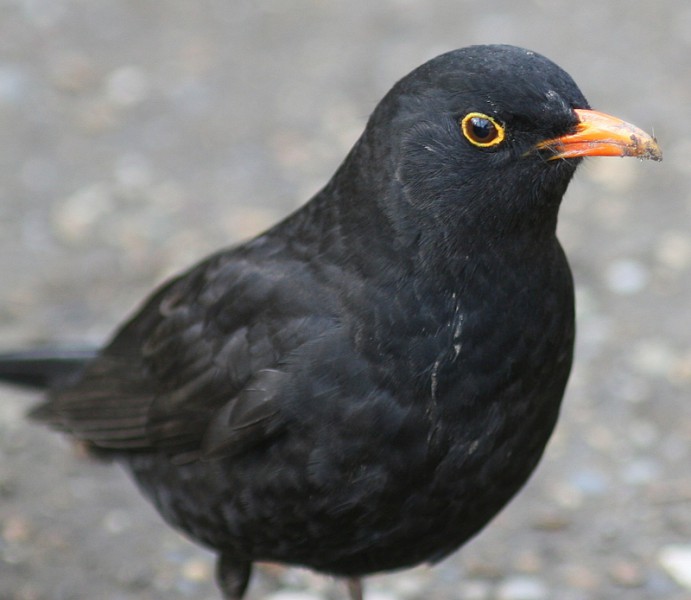
 The nightingale is a tricky specie to photograph. Although his distinctive strong voice makes clear where the bird is, it is very hard to make a good photo of the bird, because usually the bird is hiding. Sometimes like on the photo the bird feel safe and go out of the bushes or tree and goes out for some singing. As the name of the bird refers to it this bird can sing anytime nighttime included. The bird has brown colour, but little reddish at the tail. Last March it was very cold in Hungary, 2m snow fell and a lot of birds could not survive. I was very concerned about the Nightingale, but it appears that they managed to survive. There is an another specie, the Thrush Nightingale or Sprosser – Luscinia luscinia which is quite similar bird but little bigger, and has darker plumage. Unfortunately the latter bird is quite rare in Hungary, more common in the Northern part of Europe.
The nightingale is a tricky specie to photograph. Although his distinctive strong voice makes clear where the bird is, it is very hard to make a good photo of the bird, because usually the bird is hiding. Sometimes like on the photo the bird feel safe and go out of the bushes or tree and goes out for some singing. As the name of the bird refers to it this bird can sing anytime nighttime included. The bird has brown colour, but little reddish at the tail. Last March it was very cold in Hungary, 2m snow fell and a lot of birds could not survive. I was very concerned about the Nightingale, but it appears that they managed to survive. There is an another specie, the Thrush Nightingale or Sprosser – Luscinia luscinia which is quite similar bird but little bigger, and has darker plumage. Unfortunately the latter bird is quite rare in Hungary, more common in the Northern part of Europe.